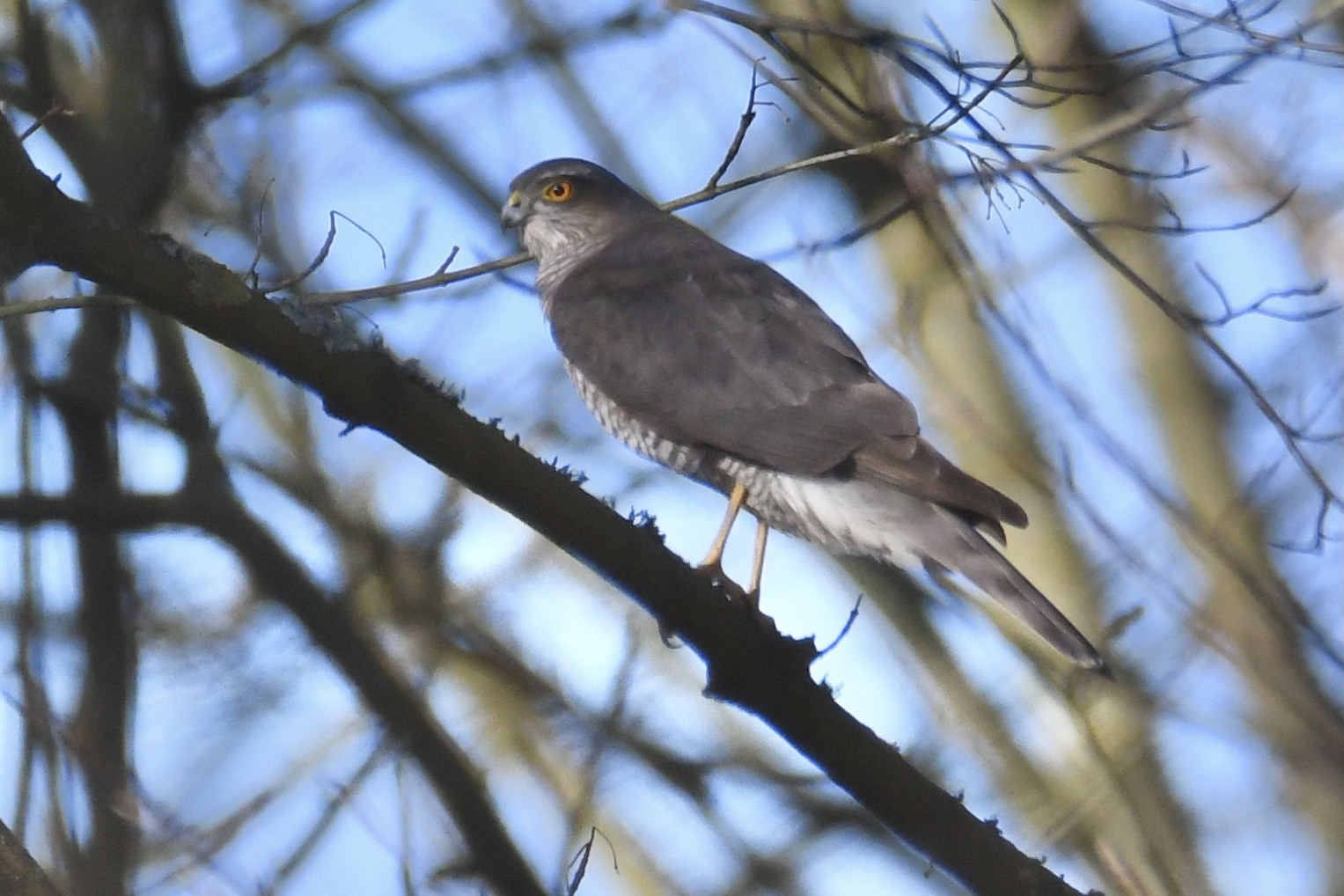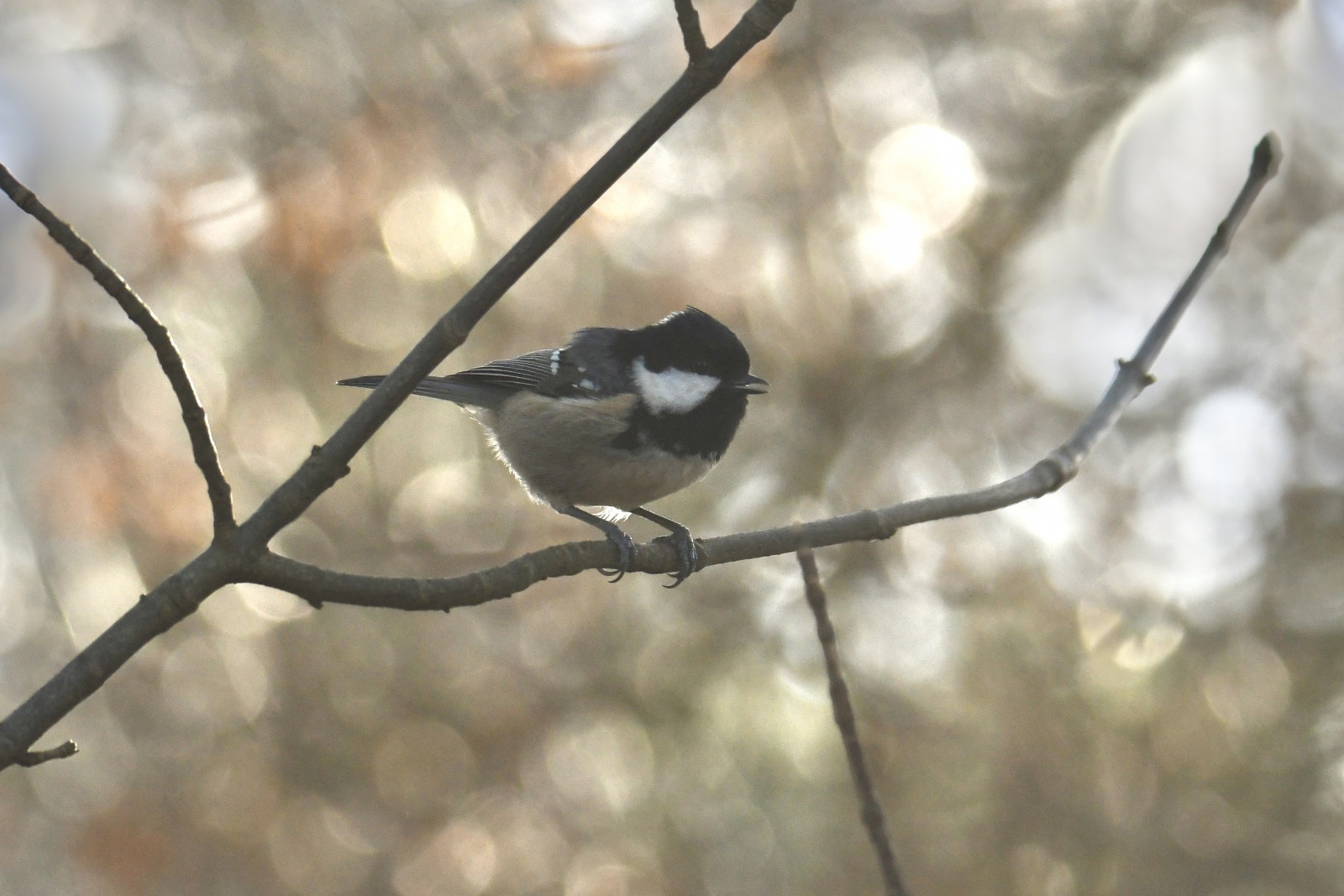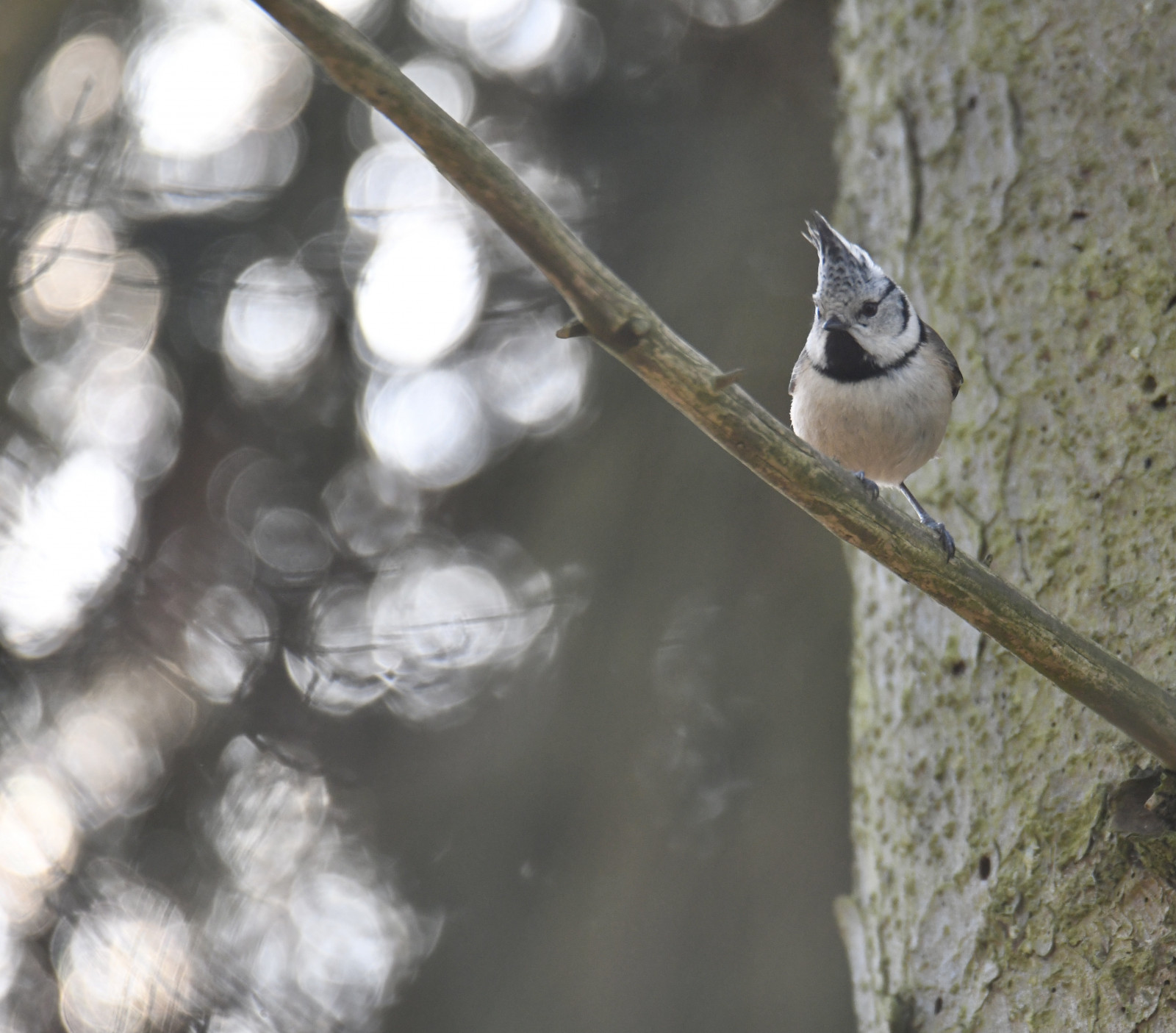Description
The Engeland Plateau is an area of interest because you can see many species of forest or semi-forest birds; such as the Süvöltő, Meggyvágó, Erdei pinty, fenyőpinty (in winter), Csíz (in winter too), , Csuszka, sárgafejű királyka and tüzesfejű királyka, szőlőrigó, Énekes rigó, Léprigó ; some woodpecker species such as Nagy fakopáncs, Zöld küllo or közép fakopáncs; and all the tit species present in Brussels (!): Kék cinege, Búbos cinege, széncinege, őszapó, Fenyvescinege and Barátcinege.
_________________________
Français: Le Plateau Engeland est une zone d'intérêt car on peut voir de nombreuse éspèces d'oiseaux forestiers ou semi-forestiers; tels que le Süvöltő, le Meggyvágó, le Erdei pinty, le fenyőpinty (en hiver), le Csíz (en hiver aussi), le Rövidkarmú fakusz, la Csuszka, le sárgafejű királyka et le tüzesfejű királyka, la szőlőrigó, la Énekes rigó, la Léprigó; quelques éspèces de pics tels que le Nagy fakopáncs, le Zöld küllo ou le közép fakopáncs; et toutes les éspèces de mésanges présentes sur Bruxelles (!) : Kék cinege, Búbos cinege, széncinege, őszapó, Fenyvescinege et Barátcinege.
Details
Access
You can reach the site by bus with line 37 or 43. Bus stop Marentak, Pasteur, Verrewinkel. Often enough parking spaces nearby. Click on the P on the map for directions. The 2 main entrances are on Avenue Dolez and Chemin du Puits.
_________________________
Français: Vous pouvez rejoindre le site en bus avec la ligne 37 ou 43. Arrêt de bus Marentak, Pasteur, Verrewinkel. Souvent assez de places de stationnement aux alentours. Cliquez sur le P sur la carte pour obtenir les directions. Les 2 entrées principales se trouvent sur l'Avenue Dolez et le Chemin du Puits.
Terrain and Habitat
Forest , GrasslandConditions
Open landscapeCircular trail
NoIs a telescope useful?
NoGood birding season
All year roundBest time to visit
Spring , WinterRoute
Wide pathDifficulty walking trail
EasyAccessible by
FootBirdwatching hide / platform
NoExtra info
The Egerészölyv is seen very frequently, as well as the Zöld küllo, the Nagy fakopáncs, the Barátcinege and the Léprigó (less easy to see this one). In winter the Csíz is very present on the set and we know to see them often, while the fenyőpinty is more discreet but is still present. In summer we can see the Csilpcsalpfüzike; occasionally the fitiszfüzike, and the Barátposzáta is heard.
When it comes to birds of prey, the most common are: the Egerészölyv and the Karvaly, while the vörös vércse can be seen less frequently (the Héja is quite rare but in flight with luck we can see it). Note that in summer it is possible to see the Darázsölyv passing overhead.
Near the western entrance is a small pond where you can see the Tőkés réce, the Vízityúk, the Szürke gém and even the Jégmadár!
_________________________
Français: La Egerészölyv s'observe très fréquemment, ainsi que le Zöld küllo, le Nagy fakopáncs la Barátcinege et la Léprigó (moins facile a voir celle là). En hiver le Csíz est bien présent sur le plateau et on sait en voir souvent, tandis que le fenyőpinty se fait plus discret mais est quand même présent. En été on sait voir le Csilpcsalpfüzike; occasionellement le fitiszfüzike, et la Barátposzáta se fait entendre.
Quand au rapaces, les plus fréquents sont: la Egerészölyv et l' Karvaly , tandis que on peut voir moins fréquement le vörös vércse ( l' Héja est assez rare mais en vol avec de la chance on sait le voir). A noter que en été c'est possible de voir passer au dessus de soi la Darázsölyv.
Près de l'entrée ouest un petite mare dans un creux est visible, ou l'on peut voir le Tőkés réce, la Vízityúk, le Szürke gém et même le Jégmadár !





